Iowa State researchers are exploring the depths of human cells, which could hold the key to new cancer treatments.
Biology textbooks traditionally present proteins as molecules with well-defined three-dimensional structures that determine their functions. Much like fitting a key into a specific lock, proteins require precise shapes.
Recent discoveries from researchers have challenged this view, revealing a significant portion of the human genome encodes proteins that do not adopt a fixed structure. These intrinsically disordered proteins (IDPs) are flexible and shapeless—more like spaghetti than structured.
This group of proteins, known as the “dark proteome,” plays a critical role in cellular processes, particularly in stress responses within cells, which are key to cancer cell survival.
By studying this “dark proteome” Iowa State researchers hope to reveal their functions and potential as targets for cancer treatment.
Julien Roche, an associate professor in the biochemistry, biophysics and molecular biology (BBMB) department, has been leading this research since 2016. His lab uses solution Nuclear Magnetic Resonance (NMR) spectroscopy to study how the flexibility and dynamics of these proteins influence their function.
Roche said more than 50% of human proteins lack a defined shape, making the study of the dark proteome a frontier in molecular biology.
A major focus of the lab is a family of proteins called Activating Transcription Factors (ATFs)— proteins that help regulate when certain genes are expressed, ensuring cells respond appropriately during stressful conditions.
Cancer cells, which constantly face stress due to their high energy demands and rapid growth, rely on these proteins to survive.
“These proteins may look like spaghetti, but they play essential roles in health and disease,” Roche said. “Understanding them could open new doors for targeted cancer therapies.”
Roche’s lab intends to pave the way for a new generation of drugs targeting the ATF protein family, with the goal of effectively cutting off cancer cells’ ability to adapt and resist stress.
This strategy could selectively target cancer cells while sparing normal ones, unlike chemotherapy, which broadly attacks both cancerous and healthy cells.
Roche said stress response mechanisms are common across different cancer types, therefore, a drug targeting these proteins could offer a universal solution.
Another advantage of targeting ATF proteins is their potential for a broader therapeutic range, Roche emphasized. Since stress-response mechanisms are common across many cancer types, targeting these proteins could lead to a more universal therapeutic approach.
“Cancer cells are like people stuck in a blizzard,” Roche said. “They rely on these proteins like a coat for survival. If we can remove their protection, the cancer cells will succumb to the stress.”
Roche also explained how artificial intelligence tools like AlphaFold have greatly influenced protein research by predicting protein structures based on existing data.
“AI is a powerful tool, but it has limitations,” Roche said. “Our work helps fill in the gaps where AI predictions fall short.”
AI tools like AlphaFold, developed under the leadership of Demis Hassabis, a British artificial intelligence researcher who was awarded the Nobel Prize in Chemistry last year, predict protein structures based on datasets.
Roche said these models are primarily trained on structured proteins, leaving the unstructured proteins of the dark proteome largely unexplored. Roche highlights the need for experimental approaches like NMR spectroscopy to fully understand these proteins.
While potential drug applications are still in the early stages, the lab remains focused on advancing fundamental science.
“It’s about laying the groundwork for future therapies,” Roche said.
The Roche lab also provides hands-on research opportunities for students, helping train the next generation of scientists. Undergraduate researchers, like biochemistry senior Austin Petfalski, work towards lab discoveries.
“Being part of the Roche lab is incredibly exciting and rewarding,” Petfalski said. “Applying what I’ve learned in class to real research makes me feel like I’m contributing to something with real impact.”
The project has been supported by funds from Roy J. Carver Charitable Trust of Muscatine, Iowa, and from the National Institutes of Health (NIH).



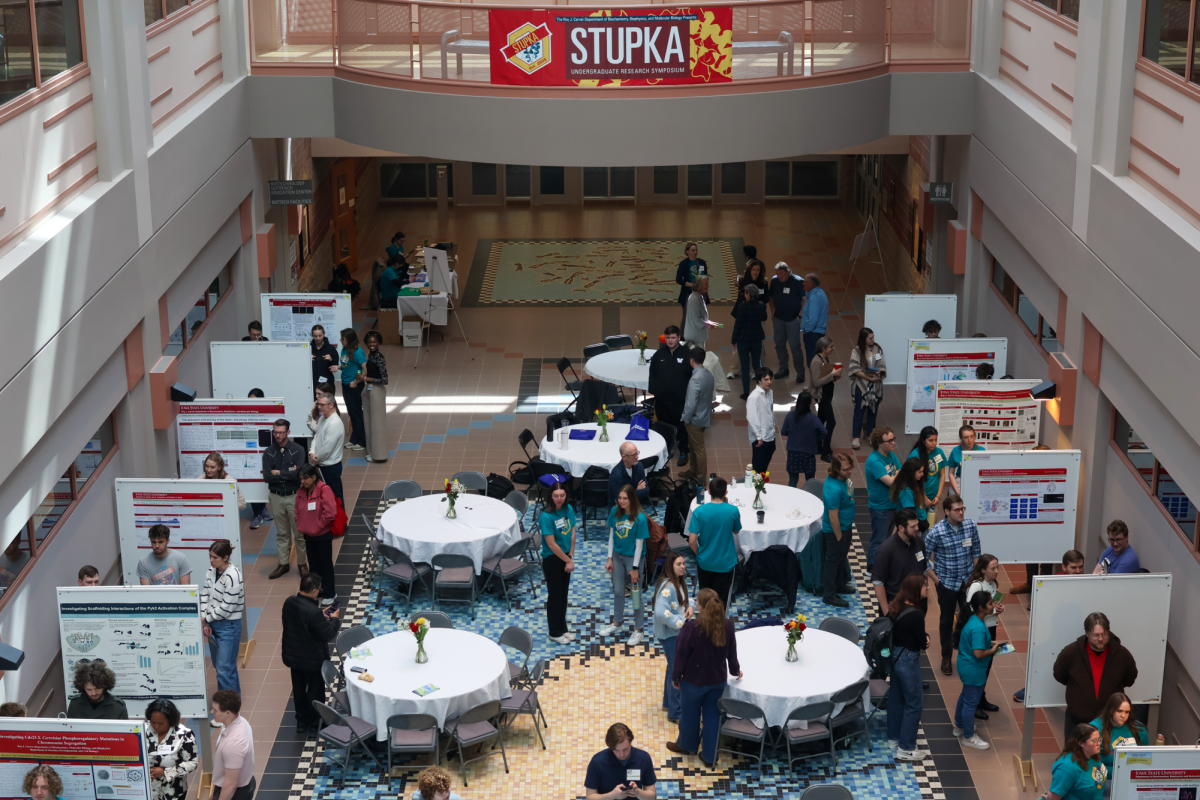



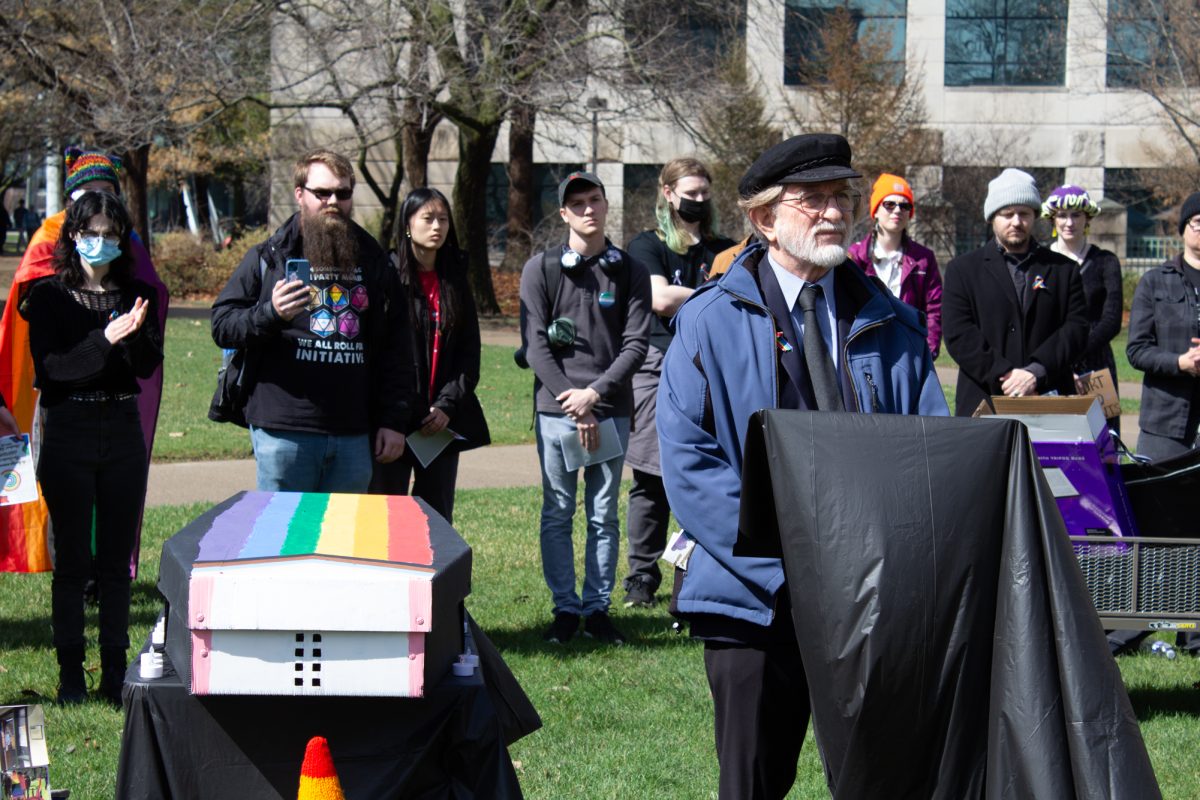

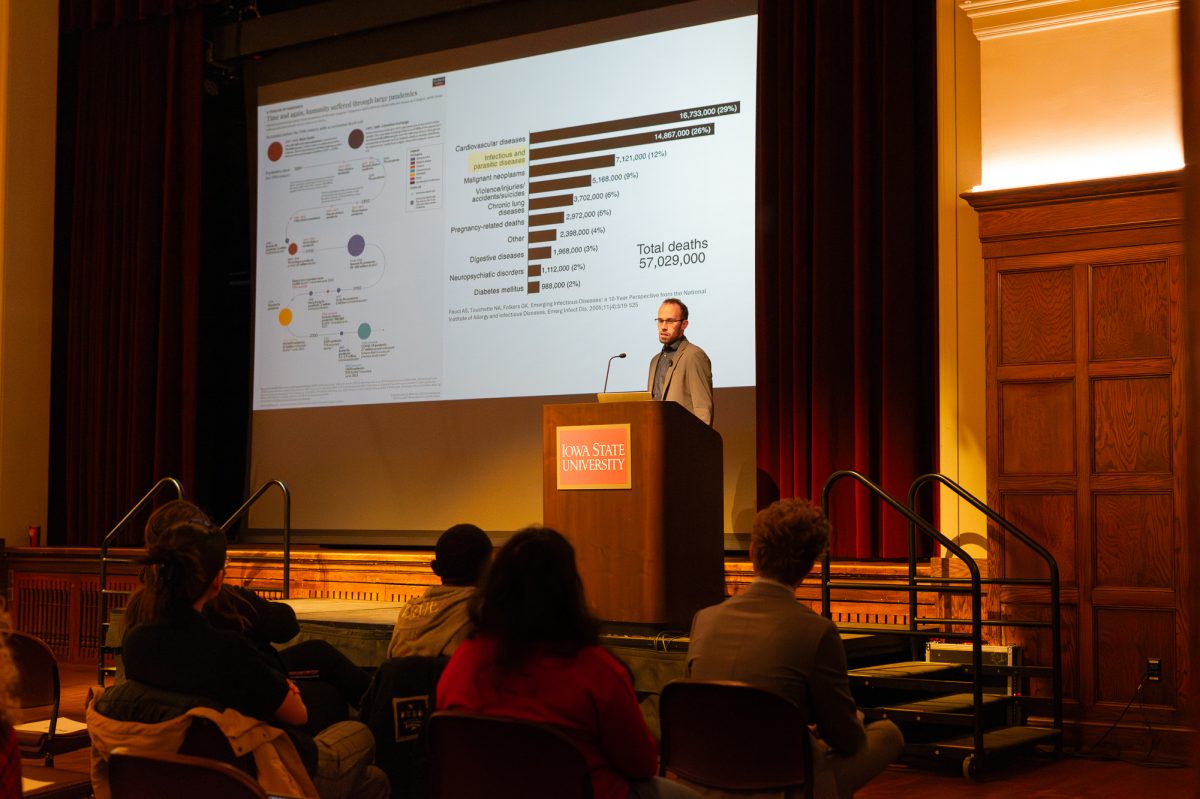
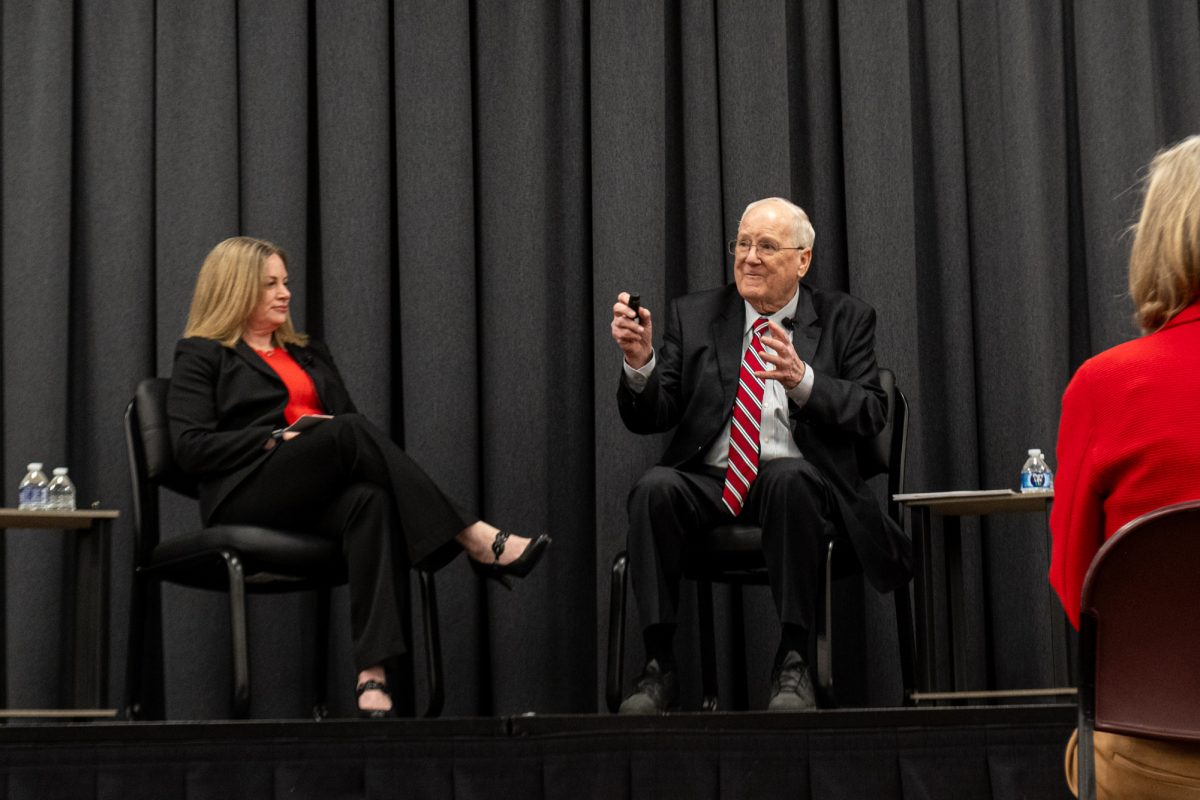
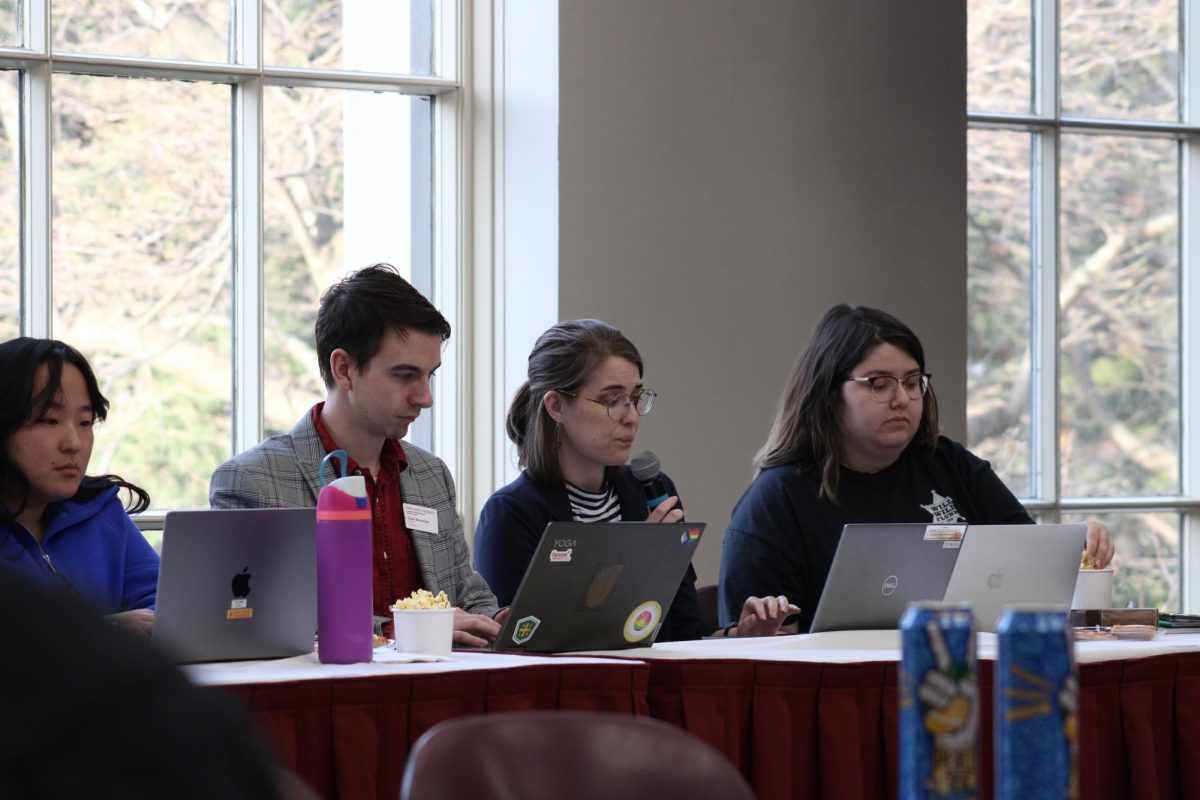
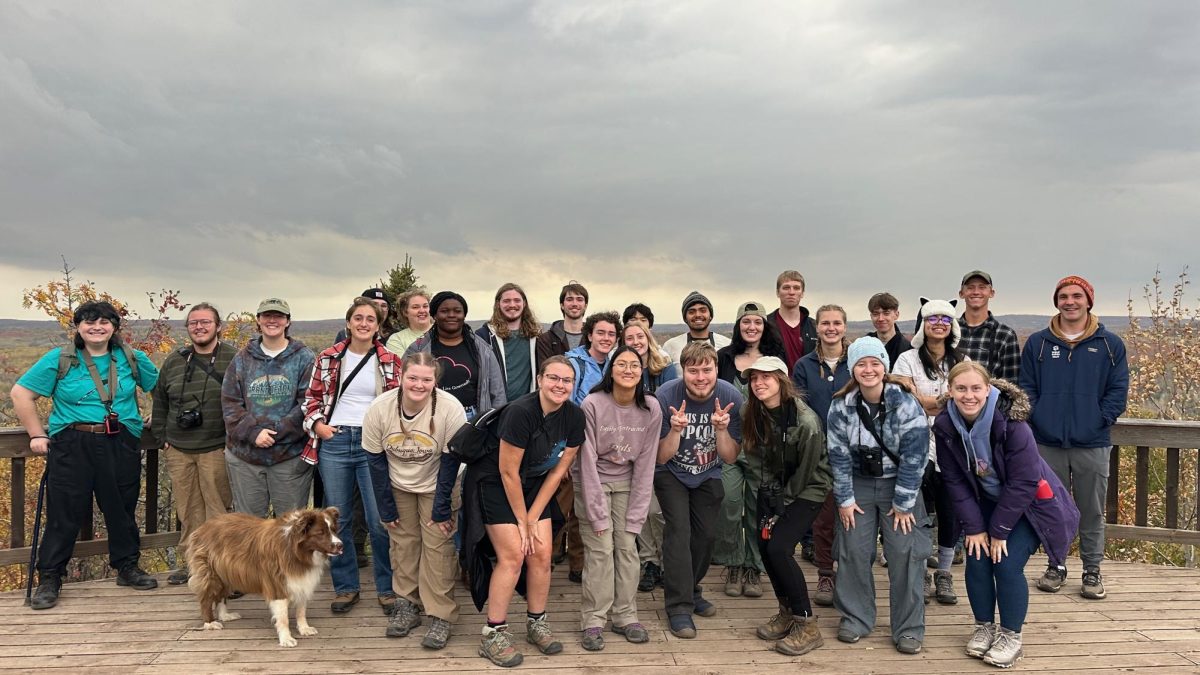

Chris J | Jan 31, 2025 at 12:39 pm
This is really cool! Here’s hoping the new POTUS administration doesn’t cut off funding.
Eric Higgins | Jan 31, 2025 at 9:33 am
So let’s continue funding important research like this and many others through the NIH and other critical organizations.